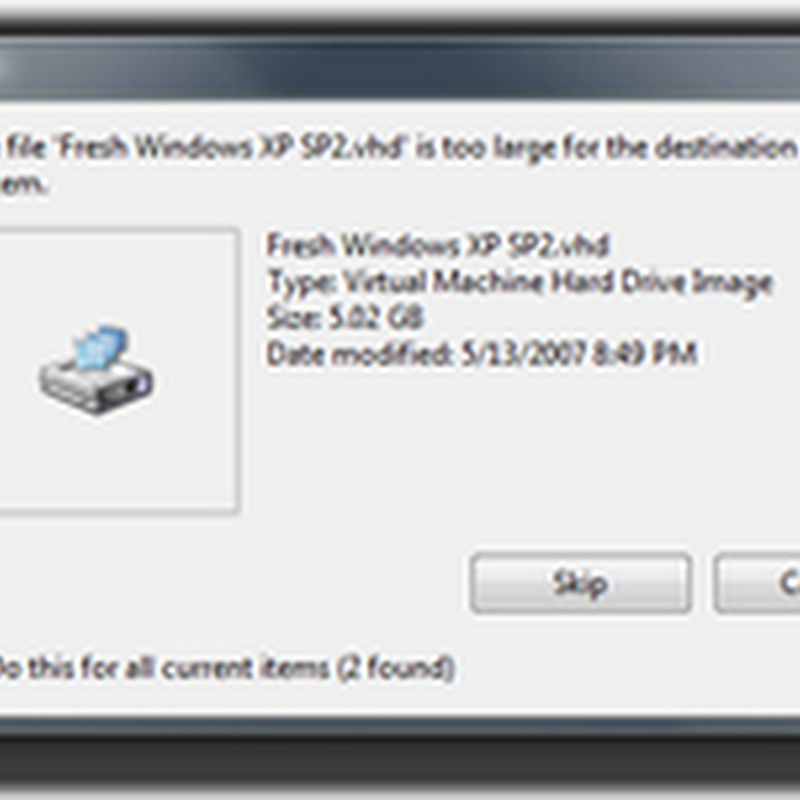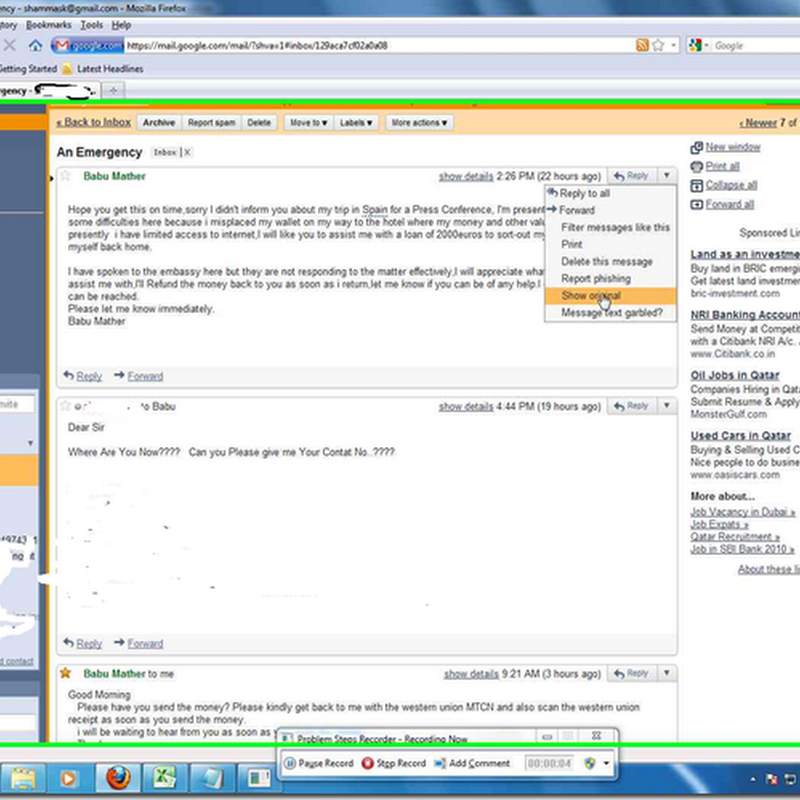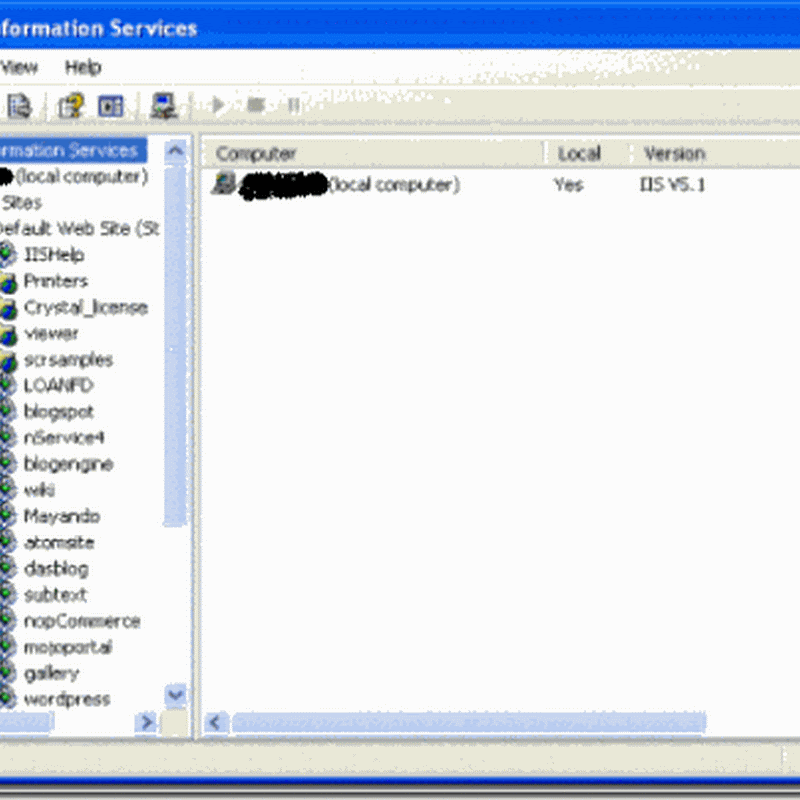7 ways to work faster on slow connections
There is nothing like trying to work when your Internet connection is slow. It's tougher to send e-mail, more difficult to send files to co-workers, and it's frustrating wasting time while you wait for Web pages to appear. And even with the proliferation of broadband Internet connections, there are still times you may be working on a slow connection. You might be traveling, working out of your office, still using dial-up, or your broadband connection may be acting up. But there are things you can do.
This article will show you how to increase your productivity when your connection is slow. Many of these steps are also good tips for how to increase the speed of browsing and sending and receiving e-mail.1. Send multiple files faster by compressing them
If you're sending multiple files—for example several files related to a project—you can reduce their combined size by using a compression utility. Compressing your files can dramatically reduce the time needed to send files online, and won't take up as much space in your (or the recipient's) e-mail Inbox. WinZip is one of the more common compression tools.2. Speed browsing by turning off graphics in Internet Explorer
Graphics are important to Web pages, but they also take time to download if you're online. You can turn them off to speed your Internet browsing.To disable graphics in Internet Explorer:
On the Tools menu, click Internet Options.
In the Internet Options dialog box, click the Advanced tab.
In the Settings box, scroll down to the Multimedia section. Clear the following boxes.
a. Play animations in Web pages
b. Play sounds in Web pages
c. Play videos in Web pages
d. Show pictures
Click Apply.

Speed browsing by turning off the graphics in Internet Explorer.
3. Send e-mail using distribution lists
If you're sending an e-mail to multiple people, create a distribution list instead of listing each recipient separately. Messages are sent faster and more efficiently when you're using a distribution list. Your company may have established procedures for creating mailing lists. If not, learn how to create a distribution list in Outlook.4. Work offline using Cached Exchange Mode in Outlook
Even if you lose your network connection, you can continue to working in Outlook if you're using Cached Exchange Mode. With Cached Exchange Mode, a copy of your mailbox is stored on your computer. This copy provides quick access to your data and is frequently updated with the mail server. If you work offline, whether by choice or due to a connection problem, your data is still available to you instantly wherever you are. Cached Exchange Mode does require you to work with a Microsoft Exchange Server e-mail account. Learn more about using Cached Exchange Mode.5. Reduce e-mail size with simple e-mail signatures
E-mail signatures leave a professional stamp on your messages, but elaborate signatures that include multiple images take up a lot of unnecessary storage space in each e-mail. Ultimately, they can slow down the time needed to send each message. Instead create distinctive text signatures combining fonts, type sizes, and colors to make your e-mail signature smaller and quicker to transmit and receive. Learn how to create e-mail signatures in Outlook.6. Browse offline by saving Web pages on your computer
If you use reference a Web page often, save it locally to your computer. If you lose your connection or are working on a slow connection, you'll still be able to read and find the information you need.To save a Web page on your computer:
In Internet Explorer, go to the Web page you want to save.
On the File menu, click Save As.
In the Save As type drop-down menu, select Web page, complete.
Click Save.
7. Open Web pages faster by increasing your cache
If you increase the size of the Temporary Internet files cache in Internet Explorer, your computer won't have to work so hard when you revisit Web pages. Many of the images will already be downloaded on your computer, decreasing the amount of time it takes to open a page.To increase the Temporary Internet Files cache:
On the Tools menu, click Internet Options.
On the General tab, in the Temporary Internet Files section, click Settings.
In the Settings dialog box, under Check for newer versions of stored pages:, click the Automatically radio button.
In the Temporary Internet files folder section, set the Amount of disk space to use: to at least 250 megabytes (MB).
Click OK.

Increase the Temporary Internet Files cache to open Web pages faster.










0 comments: